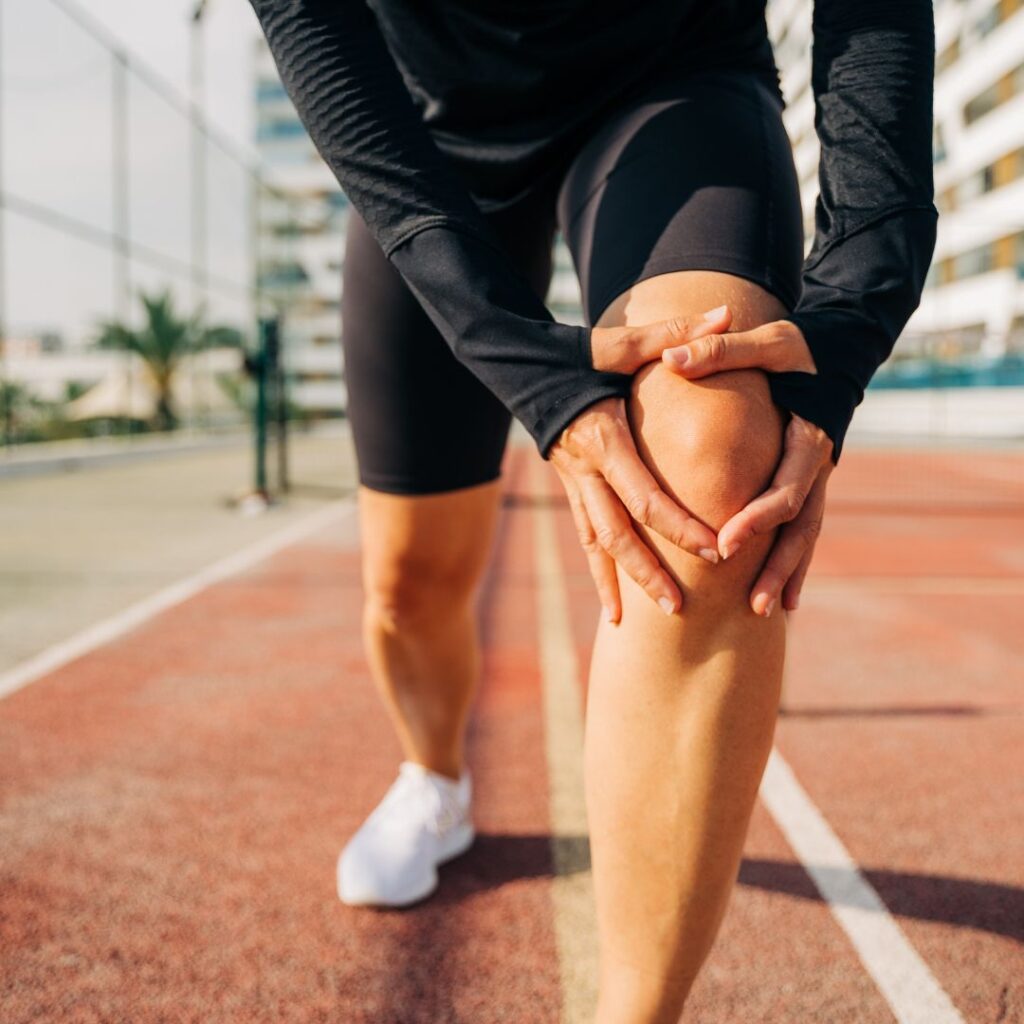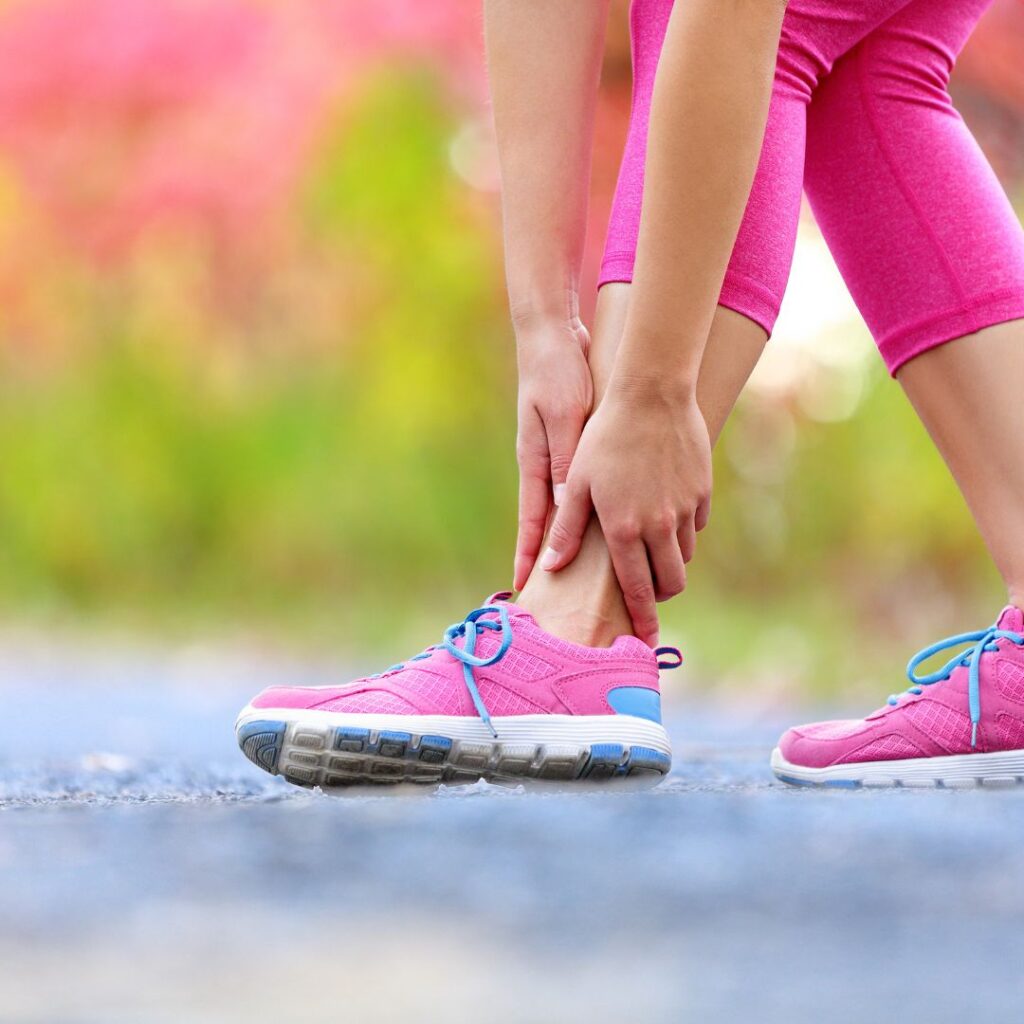Canadian Asian Neck and Back Institute
Canadian Asian Neck and Back Institute (CANBI) was founded in 1998 and has expanded now to 4 clinics in Hong Kong. The clinics are situated in Causeway Bay, Mong Kok, Tsuen Wan and Central.

Services
Physiotherapy
Occupational Therapy
Work Rehabilitation
Functional Capacity Evaluation
Office Workstation Assessments
Pre-Employment Functional Ability Screening
Corporate Services
Educational Health Seminars
Rehabilitation Product
Team
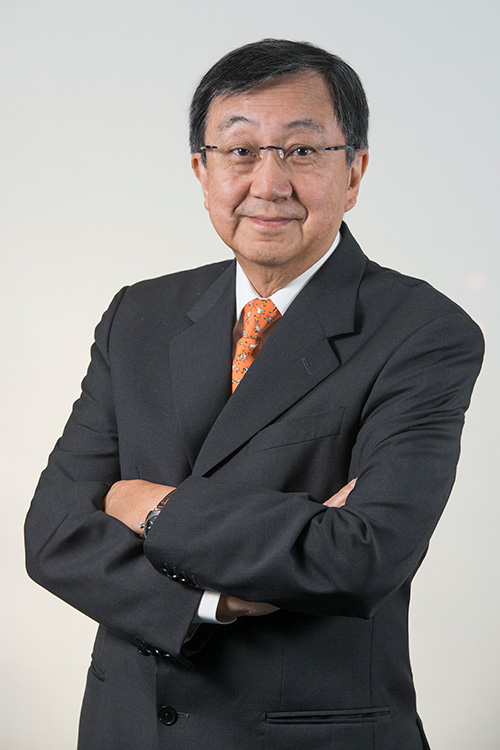
Clinic Director
Dr. PHILIP W. LEONG
- Graduate of University of British Columbia Medical School, Vancouver, Canada.1973
- Medical Practice in Vancouver 1974 to 1997
- Medical Director for Asian Pacific Region, Canadian Back Institute
- Clinic Director, Canadian Asian Neck & Back Institute
- Licentiate of the Medical Council of Canada
- Member of the College of Physicians and Surgeons, British Columbia, Canada (Retired)
- Life Member, Canadian College of Family Physicians
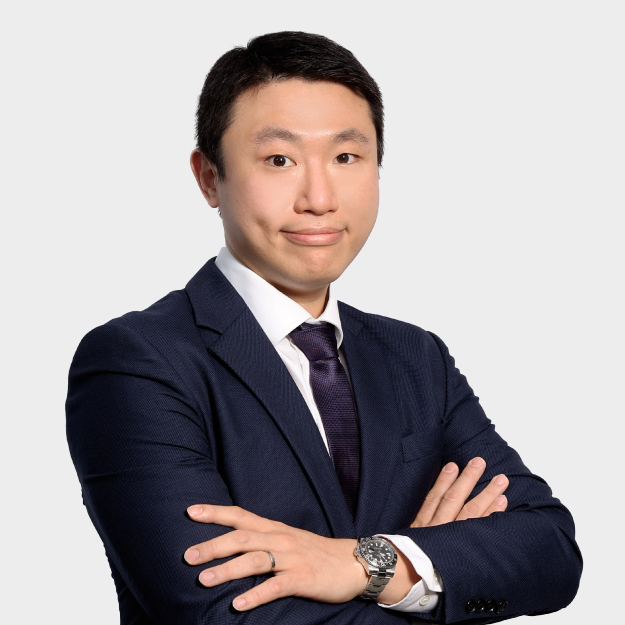
Manager of Clinical Services
Mr. TOMMY LEE
- Registered Physiotherapist in Hong Kong
- Master of Science in Manipulative Therapy, The Hong Kong Polytechnic University
- Bachelor of Science (Hons) in Physiotherapy, The Hong Kong Polytechnic University
- Professional Development Diploma in Acupuncture for Physiotherapists, The Hong Kong Baptist University
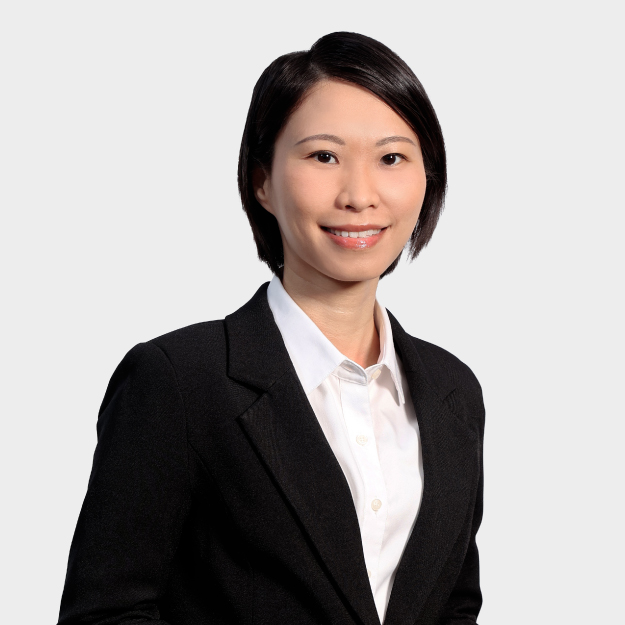
Manager of Clinical Services
Ms. LIZ LAM
- Registered Physiotherapist in Hong Kong
- Master of Science in Health Care (Physiotherapy), The Hong Kong Polytechnic University
- Bachelor of Science in Physiotherapy, The Hong Kong Polytechnic University
- Professional Development Diploma in Acupuncture for Physiotherapists, The Hong Kong Baptist University
 Education
Education
Runner's knee, or patellofemoral pain syndrome (PFPS), is common among those with repetitive knee movements. It can be caused by factors like muscle imbalances, biomechanical issues, or overuse. To better manage this condition, let's address 5 common myths about runner's knee.
Myth 1: Runner's Knee Is Just for Runners?
Despite the name, anyone with repetitive knee movements, like walking, cycling, jumping or daily activities, can develop runner's knee. It's not limited to runners, although they are at higher risk due to knee stress.
Many people have experienced ankle inversion injury, commonly known as ankle sprain, which can lead to medial and lateral ligament sprain. Some people believe that ankle sprains are minor injuries that can heal on their own without the need for medical consultation. However, some people may still experience stiffness and pain in the ankle for a long time after the injury while others feel that their ankle is loose and at risk of spraining again. Many people think that once they have sprained their ankle, they are more prone to recurrent sprains. So, are these common perceptions accurate? Let's find out the correct answers from a professional perspective.
Firstly, let's understand the tissue healing process after an ankle sprain. After the sprain, the tissue goes through four stages: bleeding, inflammation, proliferation, and remodeling. Following an ankle sprain, there is bleeding and inflammation in the tissues. Then, the fibrous tissue undergoes proliferation. However, during this stage, the newly formed tissue is disorganized and forms "scar adhesions". Although the tissue arrangement is irregular during this stage, it generally reshapes during the final remodeling phase, gradually restoring the injured ankle to normal. Generally speaking, mild ankle sprains heal on their own.
Back pain is usually associated with the discs, facet joints, nerves, fibres and ligaments of the spine. Muscular pain and spasms are often secondary symptoms. Traditional “passive” therapies such as heat, electrotherapy and massage only offer short-term help, as they do not deal with the primary cause of the pain. If the problem is only muscular then the pain will normally subside within a matter of days.
Discs act as shock absorbers but aging causes them to dry out. Cracks appear and they start to absorb force unevenly, causing bulging and prolapse. It is the resulting pressure on surrounding tissues that causes pain. When there is pressure on the nerves, pain can be felt all the way down to the feet.
